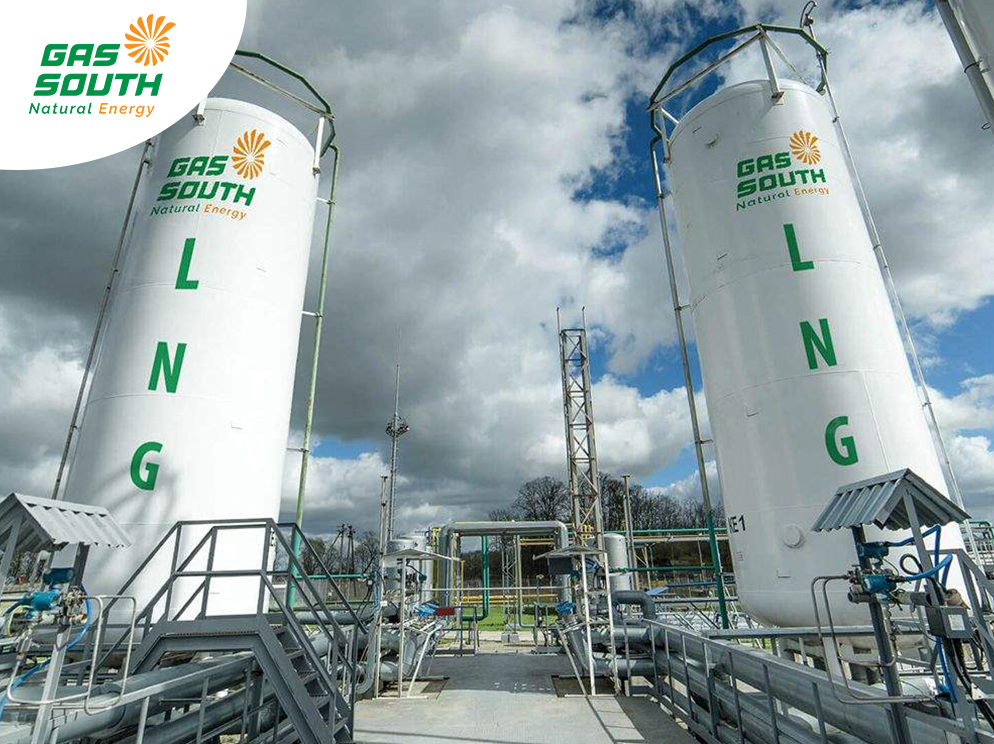Liquefied Natural Gas Tankers: Fueling the Future of Energy Transportation
Introduction
As the demand for clean and sustainable energy continues to rise, liquefied natural gas (LNG) has emerged as a viable alternative to traditional fossil fuels. LNG offers a cleaner burning solution with lower greenhouse gas emissions, making it an attractive choice for both industry and transportation sectors. In this blog post, we will explore the world of LNG tankers, their role in transporting LNG across the globe, and the benefits they bring to the energy industry.
See More Application Of Liquefied Natural Gas Collection
1. What is Liquefied Natural Gas?
Before diving into the specifics of LNG tankers, it's important to understand what liquefied natural gas actually is. LNG is natural gas that has been cooled to approximately -162 degrees Celsius (-260 degrees Fahrenheit), at which point it becomes a liquid. This process reduces the volume of the gas by more than 600 times, making it easier and more cost-effective to transport over long distances.
More About Us: SOUTHERN GAS TRADING JSC
2. The Need for LNG Tankers
LNG cannot be transported through traditional pipelines due to its low temperature and high pressure requirements. Therefore, specialized vessels known as LNG tankers are used to transport the liquefied natural gas from production sites to consumption centers around the world. These tankers play a crucial role in the global LNG supply chain by ensuring the safe and efficient delivery of this valuable energy resource.
3. Types of LNG Tankers
There are primarily two types of LNG tankers: membrane tankers and independent tankers. Membrane tankers use a unique insulation system consisting of multiple layers to store and transport the LNG. On the other hand, independent tankers rely on self-supporting cargo tanks made of specialized materials such as stainless steel or nickel alloy. Both types of tankers have their own advantages and are designed to meet specific operational requirements.
4. Design and Construction of LNG Tankers
The design and construction of LNG tankers require careful consideration of various factors to ensure safety, efficiency, and environmental compatibility. These tankers are equipped with advanced technologies such as double-hull structures, reliquefaction systems, and sophisticated cargo handling systems. The construction process involves stringent regulations and standards set by classification societies and international bodies to guarantee the highest level of safety.
5. Safety Measures and Regulations
Safety is paramount in the transportation of LNG, and strict regulations are in place to mitigate any potential risks. LNG tankers adhere to international safety standards set by organizations like the International Maritime Organization (IMO) and are subject to rigorous inspections and certifications. Safety measures include fire prevention systems, gas detection systems, emergency shutdown systems, and comprehensive crew training programs.
6. LNG Tanker Operations
LNG tankers operate in a complex environment requiring careful planning and coordination. The loading and unloading processes involve specialized equipment such as cryogenic arms and flexible hoses to handle the extreme temperatures and pressures involved. Navigation is also a critical aspect, with LNG tankers requiring specialized training and experienced crew members to navigate safely through various waterways.
7. Environmental Benefits of LNG Tankers
One of the key advantages of LNG tankers is their positive impact on the environment. When compared to traditional fuel sources like coal or oil, LNG emits significantly lower levels of greenhouse gases and air pollutants such as sulfur dioxide and nitrogen oxide. Additionally, LNG tankers are equipped with advanced technologies that minimize methane emissions during transportation, further reducing their environmental footprint.
8. Challenges and Future Outlook
While LNG tankers offer numerous benefits, there are several challenges that need to be addressed as the industry continues to grow. These challenges include infrastructure limitations, high initial investment costs, and regulatory complexities. However, with advancements in technology and increased global demand for clean energy sources, the future outlook for LNG tankers remains promising.
Conclusion
LNG tankers are instrumental in transporting liquefied natural gas across the globe, providing a cleaner and more sustainable energy solution. With their advanced design, stringent safety measures, and environmental benefits, these tankers play a vital role in meeting the growing demand for clean energy sources. As the world transitions towards a low-carbon future, LNG tankers will continue to fuel the transportation sector while reducing greenhouse gas emissions and promoting a greener planet.
#what_is_the_lng, #pgscomvn, #pgs_com_vn, #whatisthelng, #what_is_the_lng, #pgscomvn, #pgs_com_vn/

Nhận xét
Đăng nhận xét